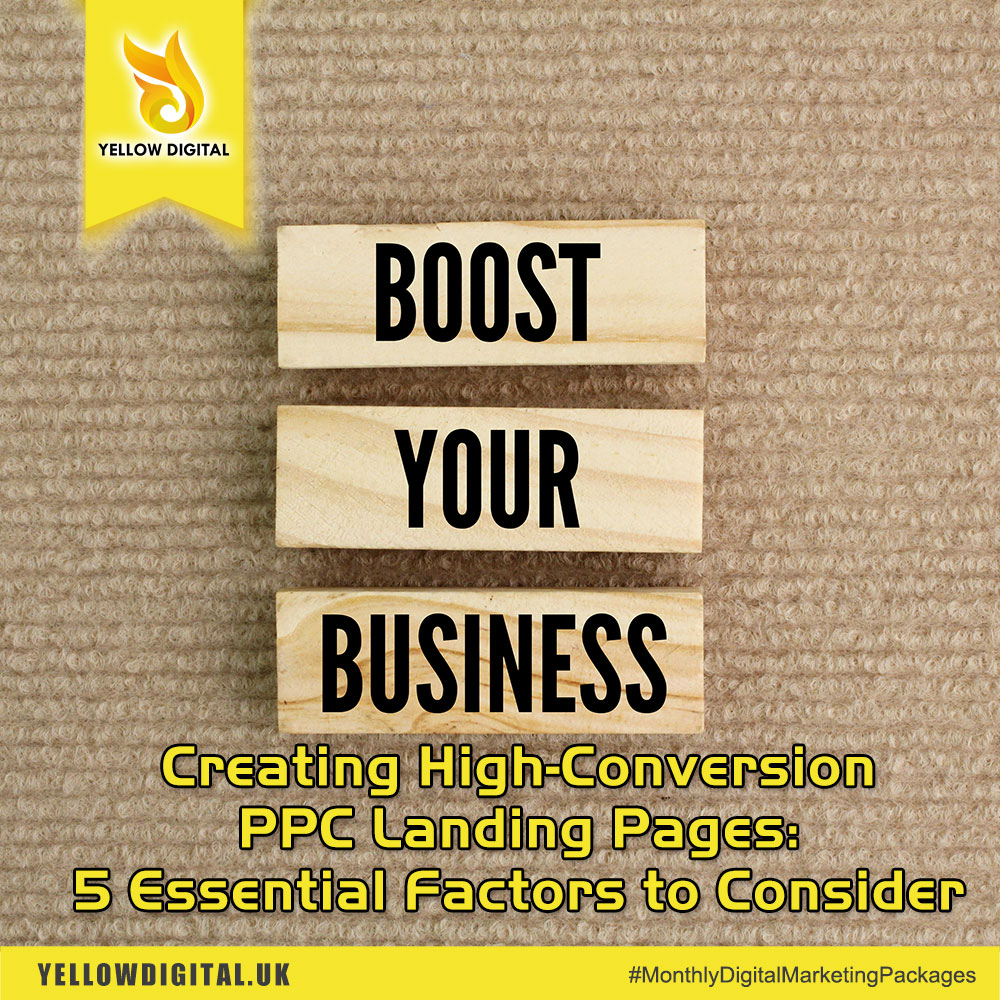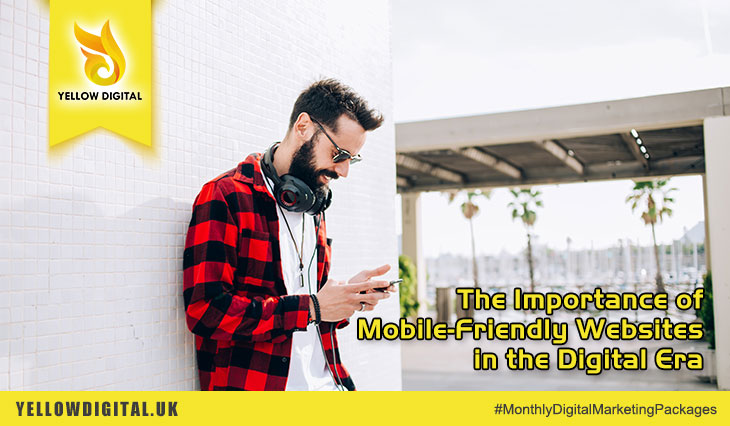Usually a high rating is positive, the higher the better. But for the bounce rate on your website, it’s the opposite. When it comes to bounce rates, it’s good to keep them low.
What does bounce rate mean?
When visitors are bouncing on your website, it means that they will be leaving your landing page soon after entering your landing page. Like a bouncing ball, they go in and out again before you have a chance to convert them, keep their attention with interesting content, or get them to respond to a call-to-action (CTA).
Why is your bounce rate important?
Your website is there to entice customers, get them to buy, sign up, and build a relationship with your brand. In other words, you want them to stay and take action. Reducing your bounce rate will help increase the conversion rate of your websites. Knowing how to structure your website’s conversion architecture can help you develop targeted content that will grow your business. And that’s what it’s all about in the end.
Research has shown that the average time users spend on a website is 15 seconds. In order to lower your bounce rate, you need to hold a visitor’s attention for as long as possible. This means we have to give them as few excuses as possible to leave the site. Nowadays the main reasons for leaving a website are:
- The visitor does not get what he expects
- The visitor leaves because your site is unusable
- The visitor leaves because he doesn’t know what to do
- The visitor leaves because they suspect you are not real
- The visitor leaves because the website doesn’t inspire or impress them
If you are aware of these main reasons, it is now a good time to review and improve your website to make sure your user does not bounce for the reasons mentioned above.
1. Create multiple landing pages
The more landing pages based on high quality keywords you have on your website, the better. More landing pages offer more opportunities to convert visitors into leads. A landing page is super focused and has a very clear call-to-action. There is as little additional content as possible on a landing page that distracts from this CTA. The great thing about landing pages is that the more you have, the more will show up in a search. When a searcher comes across a search result that leads them directly to one of your landing pages, you are essentially saving the extra step of a visitor entering your home page and having to click multiple times to get to the same landing page. The seeker gets to the information they are looking for instantly, and if you only have 15 seconds to get their attention, this is key.
2. Design for devices with multiple screens
Make sure your website’s design looks good on all devices. More than 95% of your market place these days is on a mobile device. Hence, it is important that your website works well and looks good on every device imaginable. In fact, mobile phone friendliness is a ranking factor on Google. This means that no matter how great your content is, your website will not rank well in search results if it is not mobile-friendly. WordPress is great for creating and managing websites that need to work well on any device. We have actually devoted an entire blog post to the advantages of WordPress.
3. Get to the point
Once your visitor is on your website and you have their attention, they need to know what to do. Don’t lose it because of a weak or unclear CTA. A great CTA should have a clear message and stand out. So be sure to combine the right web design elements like text size, colour, and even animation. If your CTA is clear and enticing, your conversion rate will improve. You can create CTAs that don’t require the visitor to be financially involved. Consider offering a free trial or offering a personal callback for a one-on-one consultation. These CTAs can go a long way in grabbing the attention of visitors and providing a no-obligation introduction to your brand or service.
4. Come across as trustworthy
A study by Consumer Web Watch found that 4 out of 5 users say it is important to be able to trust the information they read on a website. If you don’t have a widely recognized brand, there are several ways you need to build trust.
The tone of voice that you use in your web content is an important element in building trust. Connections to social media such as Facebook and Twitter can also help. These are names known to everyone and when you are associated with them you probably have nothing to hide. The display of customer ratings also increases trust. The offer of a help function on the website and the display of contact details indicate that you really want to be helpful. Lastly, make sure you are getting a Secure Socket Layer (SSL) for your site. An SSL is a security protocol that creates encrypted links on your site. Once you’ve set up SSL, your HTTP address will become HTTPS so visitors can see if you’ve set it up.
5. Know who you are talking to
The first impression is often lasting. If that first impression was bad, the user is unlikely to return to your website. So everything on your website should be done to impress, inspire, and get your visitor or user to act on your CTA. To do this successfully, you need to know your target audience. Everything about your website could be absolutely perfect, but if who you reach doesn’t matter, your bounce rate will stay high. Know the demographics of your target market and the reasons for the purchase. Once the persona of your ideal customer is clear, you can determine the right tone of voice, design elements, and calls-to-action. Everything about your website should be geared towards impressing that person and getting their attention. Do not design a website to try and please everyone.
Using these tips to prevent visitors from ricocheting, you have a better chance of holding their attention for more than 15 seconds. But remember, these improvements won’t permanently lower your bounce rate. High quality content that is relevant to your target audience needs to be published on a regular basis. Developing a content strategy and editorial calendar is essential to keep your visitors interested for as long as possible.
Contact us for more advice on improving your website via info@yellowdigital.uk




